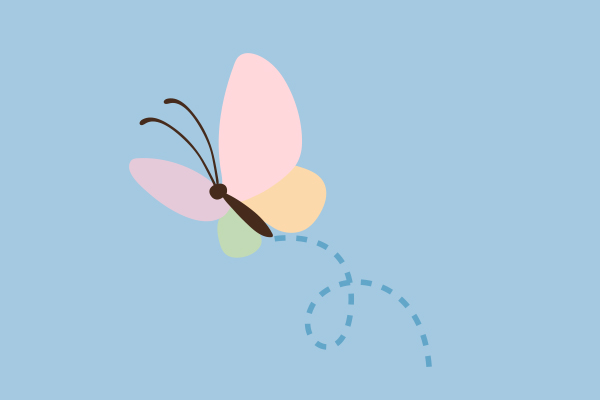The students from one class participate in an experiential workshop, which aims at cultivating positive attitudes and
behaviors, focusing on the value of “playing together” and “working together”, leaving aside the stress of competition and achieving victory. Cooperation is one of the core principles and values of Education for Peace and Inclusion.
The students to:
- cooperate with the other students in their class, especially with refugee students,
- involve all students in a joint activity on the issue of cooperation.
- recognize the value of teamwork and cooperation,
- invent ways of being creative within the framework of certain rules,
- work creatively with their peers as teammates.
Steps
- The action is initiated by the teachers. The workshop is suitable for all age levels, and adaptations to the proposed activities can be made by the facilitator. If needed, obtain relevant permissions (e.g. from the principal, teacher council).
- The teachers in charge decide which class(es) of students will participate, which teacher(s) will facilitate the activity, when and for how long.
- The workshop takes place Introduction: Games have rules. That’s how we learn to play. And they have competition. That’s how we learn to compete. But somewhere along the way, are we forgetting something? Do we overdo it with competition? In this workshop we will play some games in a different way.
- Activity 1: Which country are you? The members of the group stand up and form a circle. Each person introduces himself/herself by mentioning a country beginning with the same letter as his/her first name (the group and the trainer help if someone cannot think of a country). After everyone has chosen a country, a team member chooses one of the other countries, and the two swap places with each other. The aim of the exercise: to break the ice.
- Activity 2: Let anyone who… The members of the group stand in a circle. One person steps into the center of the circle. S/he starts a sentence with “Let anyone who… change places” and inserts something that applies to him or her (something that may or may not be visible on the outside but is true). If what was said applies to one or more people in the circle, they move to the place that was left behind by the person in the center. As there is always one less place, the one left in the center without a place continues the game (description from “It could be me – it could be you”). The aim of the exercise: to share common characteristics and elements, to build a climate of safety and trust, to have fun, to get to know each other better.
- Activity 3: Who is the leader? One member of the group steps out/leaves the group and the others decide on a leader. The group must follow the leader’s movements. The one who is out returns and tries to guess who the leader is. The team tries to find ways to prevent “one” from noticing the leader. Aim of the exercise: to develop the participants’ sense of “togetherness”, teamwork and working towards a common goal.
- Activity 4: The boom! Students are divided into groups of 3 and each group has 11 things (various small things like pens, erasers, keys, etc.): a. One person in each group closes his/her eyes while the other two decide which object will be the “boom!” object. The third person opens his/her eyes and starts collecting objects until he/ she finds the “boom!”. The roles alternate. b. Two people close their eyes, and the third removes one of the objects. The two who had closed their eyes try to find which object is missing. They can cooperate. c. Two people close their eyes and the third changes the position of two objects. The two open their eyes try to spot the change. They can cooperate. At the end of the exercises, the facilitator asks the group to reflect on the winning factors in each phase of the game. In phase 1 the luck factor is decisive, while in phases 2 and 3 cooperation is decisive. Aim of the exercise: to help students to understand cooperation as a tool for achieving objectives.
- Activity 5: A different game (musical chairs) Chairs are placed in the room and students are asked to move to the music. When the music stops, everyone must touch one of the chairs. No student is excluded, and they can touch the same chair. After each stop of the music, one or more chairs are taken out. At the end, everyone must find a creative way to be in contact with (rather than sitting on) the remaining chair. Aim of the exercise: to help the students realize the value of being creative within the rules.
- Activity 6: Final reflection – Discussion: The trainer sits or stands in a circle with the students and discuss the activities they have carried out. What did they learn? How did they feel? If they could change other rules that apply in games, in school, in society, what would those rules be? Which ones would they change, which ones would they take away entirely, and which ones would they add? Why? Aim of the exercise: reflection, making sense of the exercises and bringing them back to everyday life.
Evaluation
The reflective discussion circle at the end of the workshop.
Written feedback from the students (text or drawing).
Reflective discussion with the group about the activity.

Duration: 90 – 180 minutes
Materials:
- Music
- computer/speakers
- chairs
- small objects (paper clips, pens).





